Home » Assemblies » Pressure Accumulator Units / Suction Aggregates
Suction units are used wherever pressure pipes are not permitted, such as:
Suction units find their limits due to the resulting negative pressure in the suction line, which increases proportionally with increasing suction height and line length and thus reduces the effective delivery rate of the pump accordingly.
At high negative pressures, the filling level of the pumps decreases considerably and the noise emission increases. This also results in a reduction in the service life of the pumps.

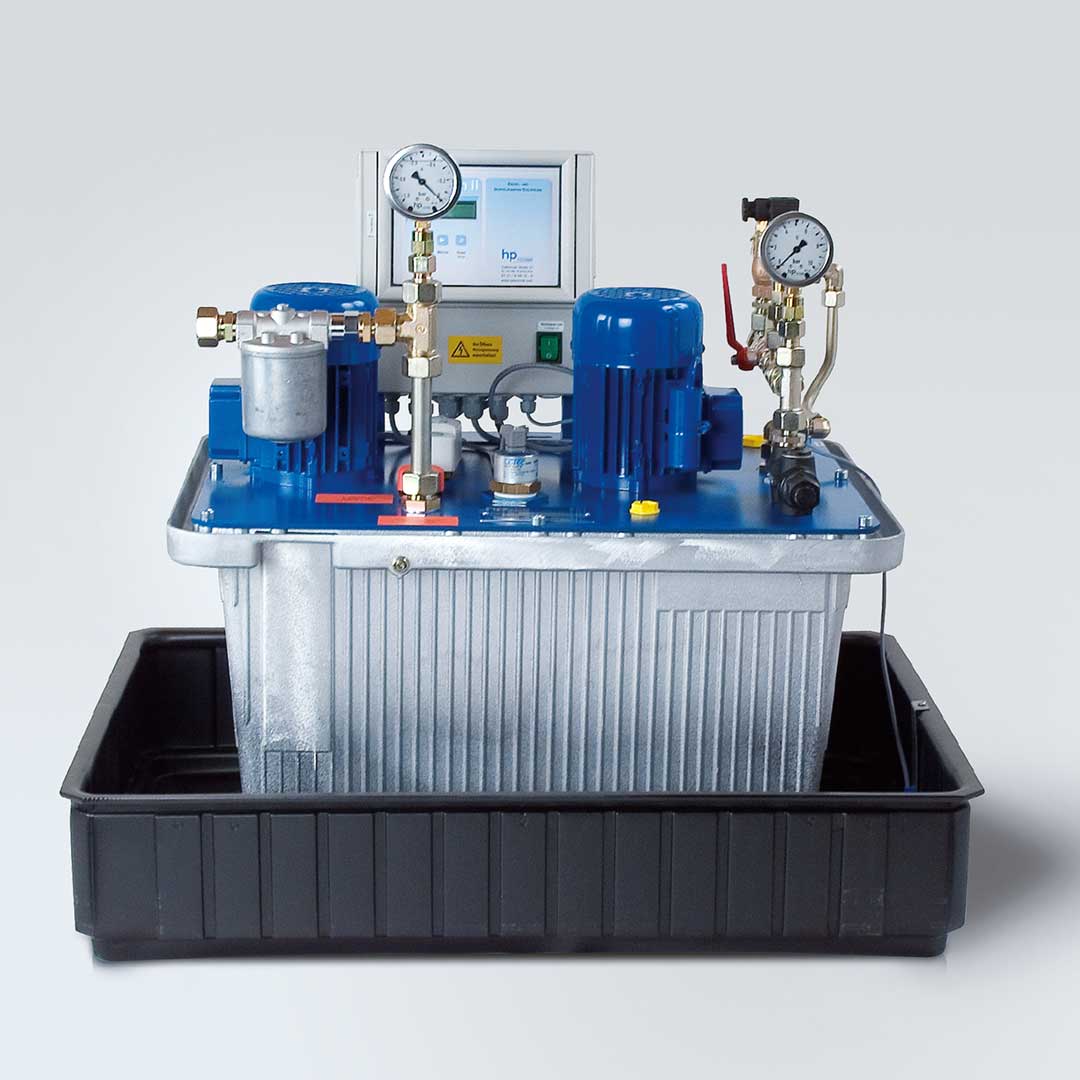
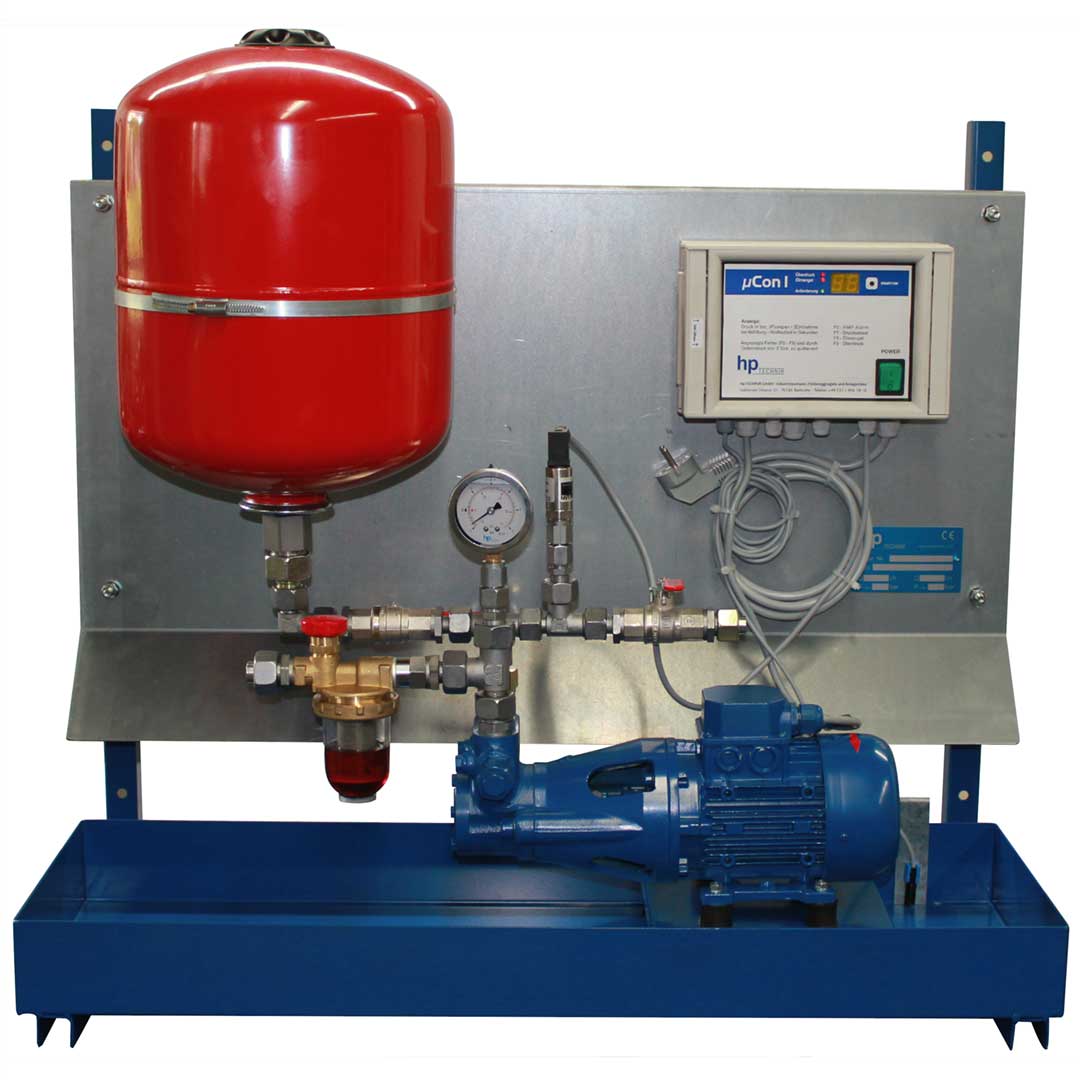
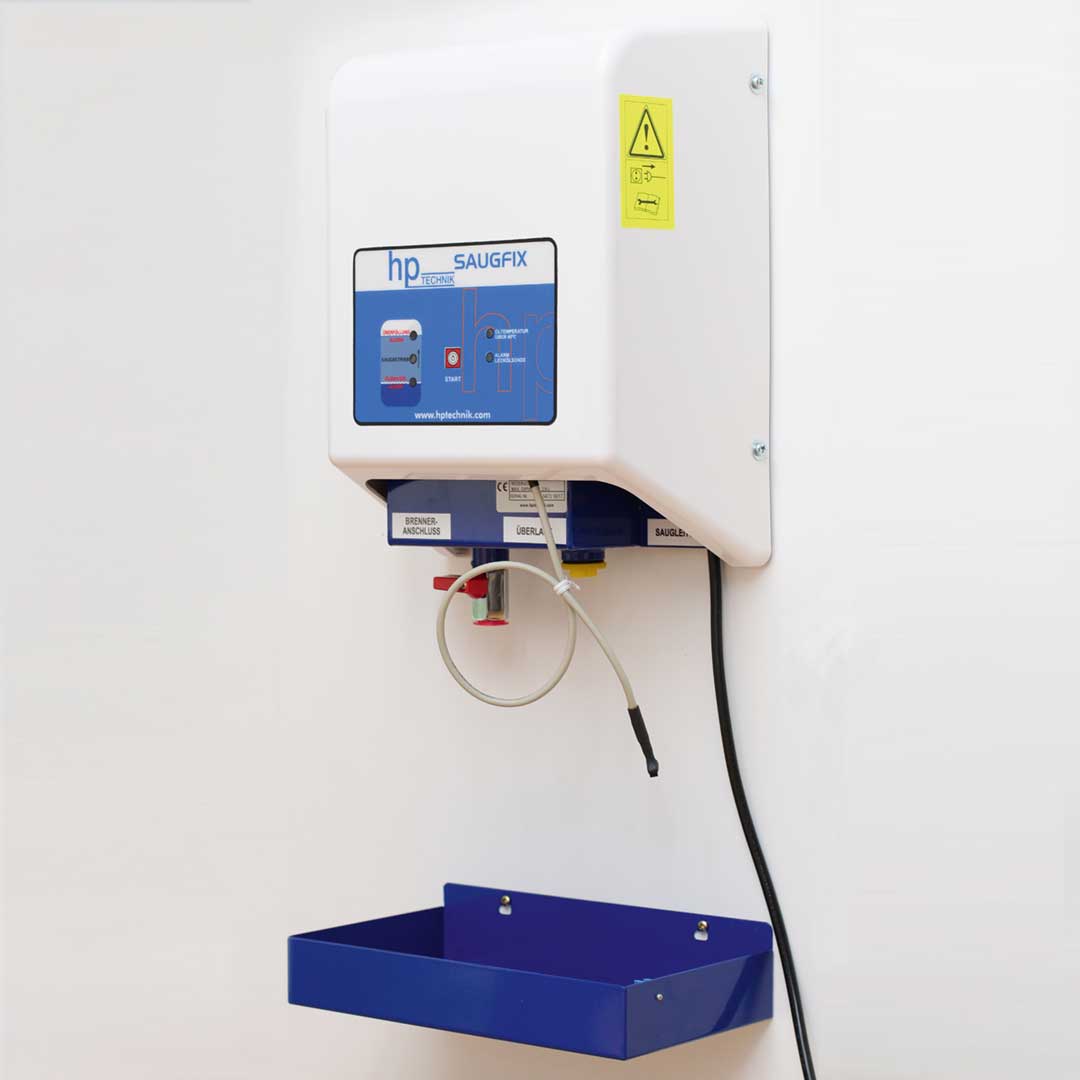
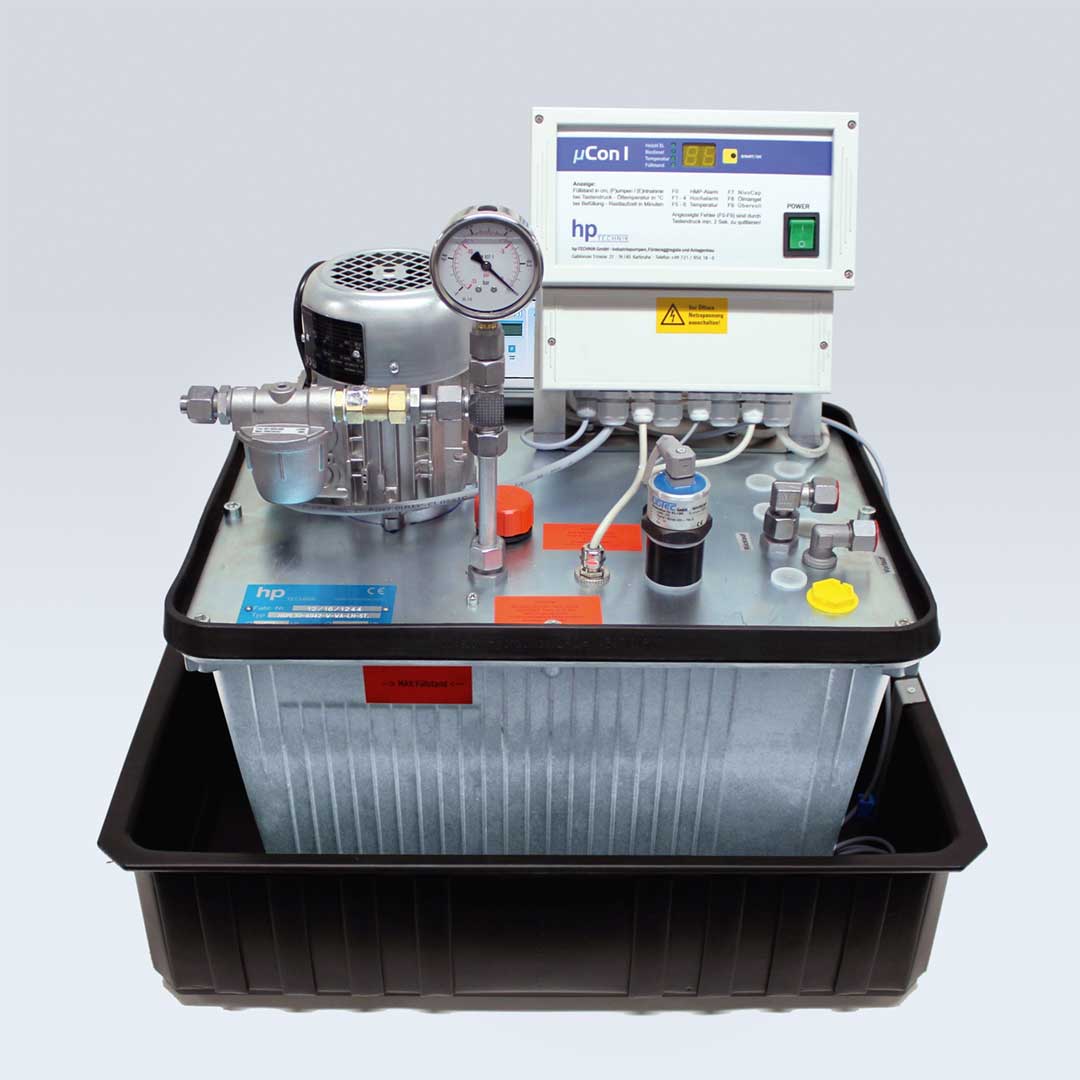
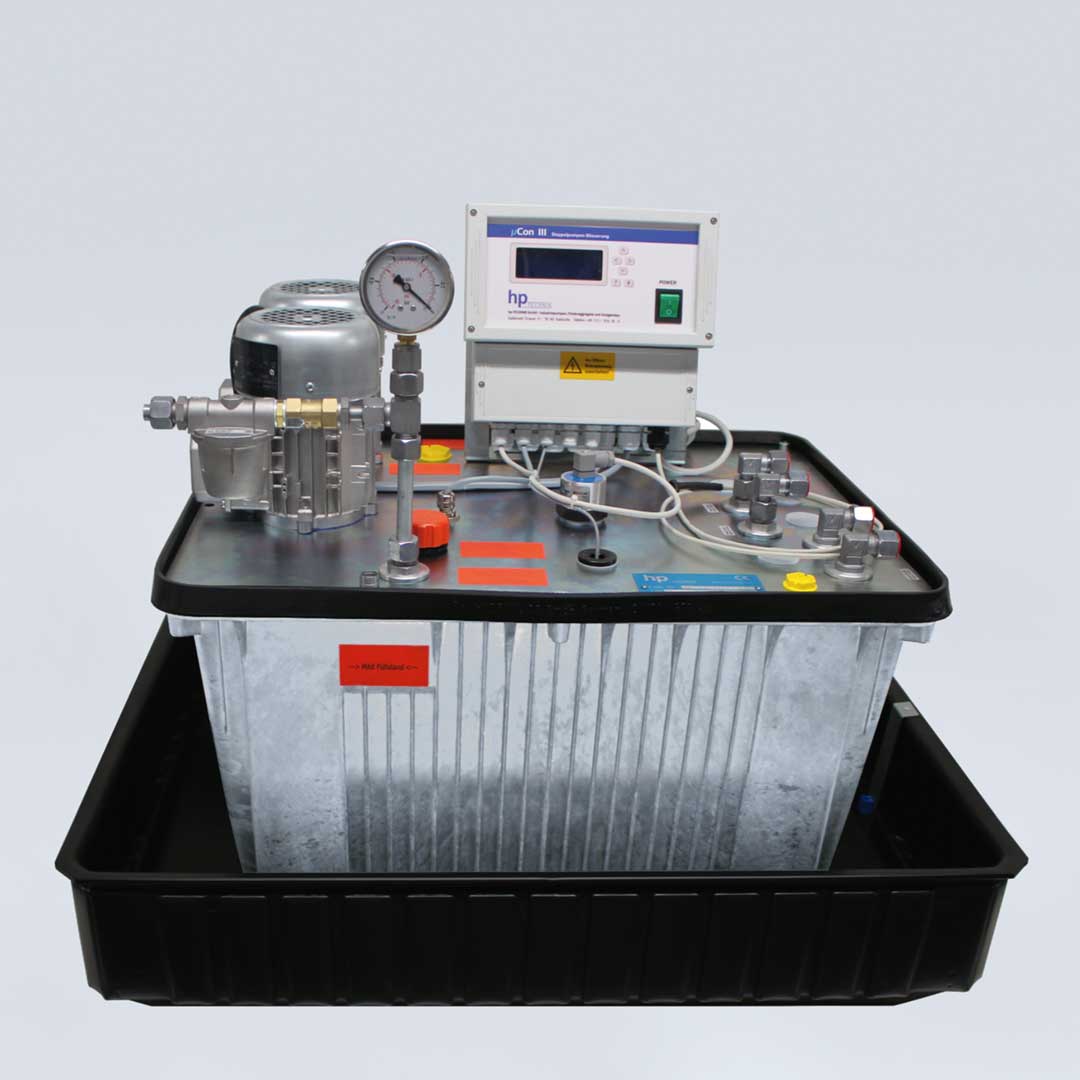
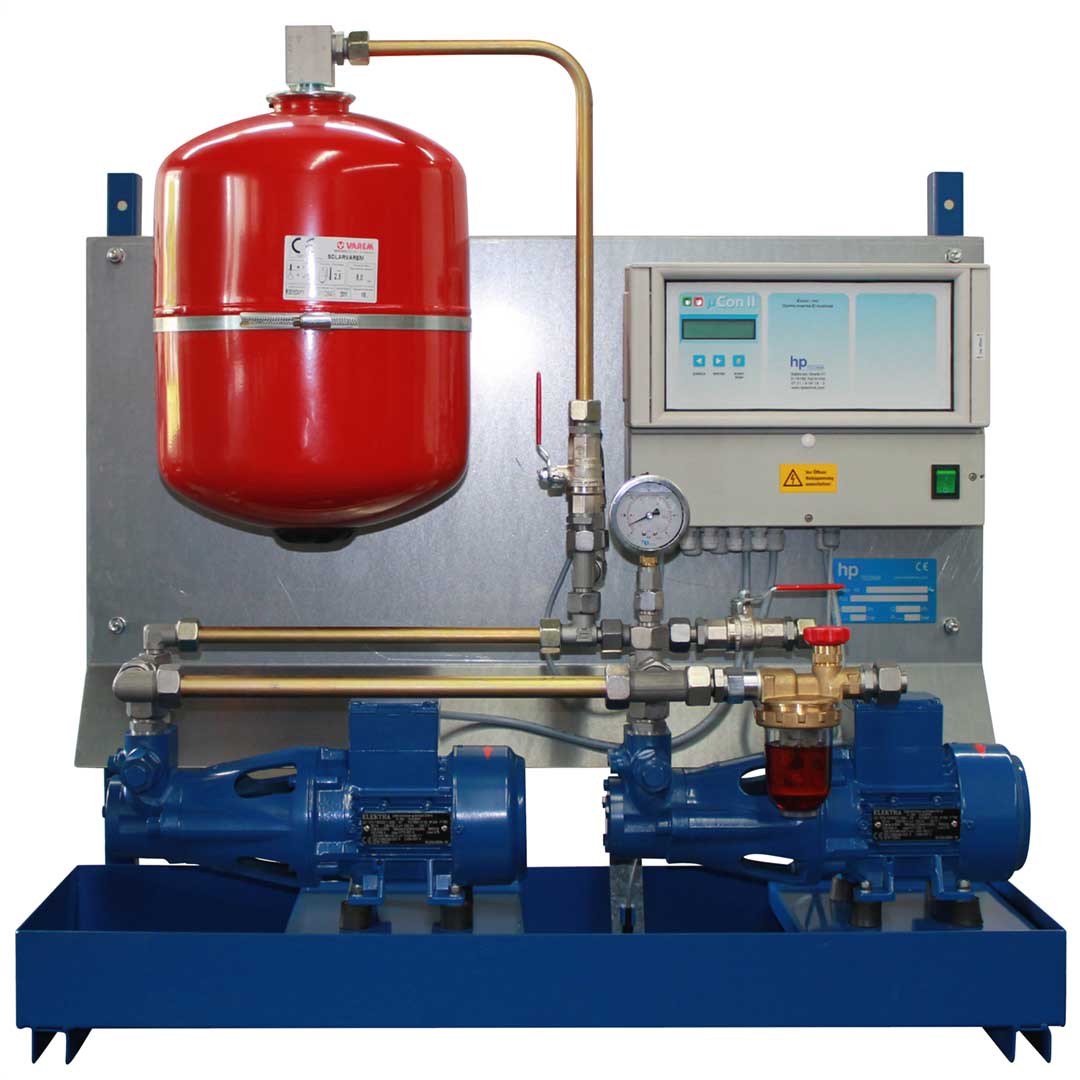
hp-TECHNIK GmbH Industrial Pumps, Conveying units and plant construction